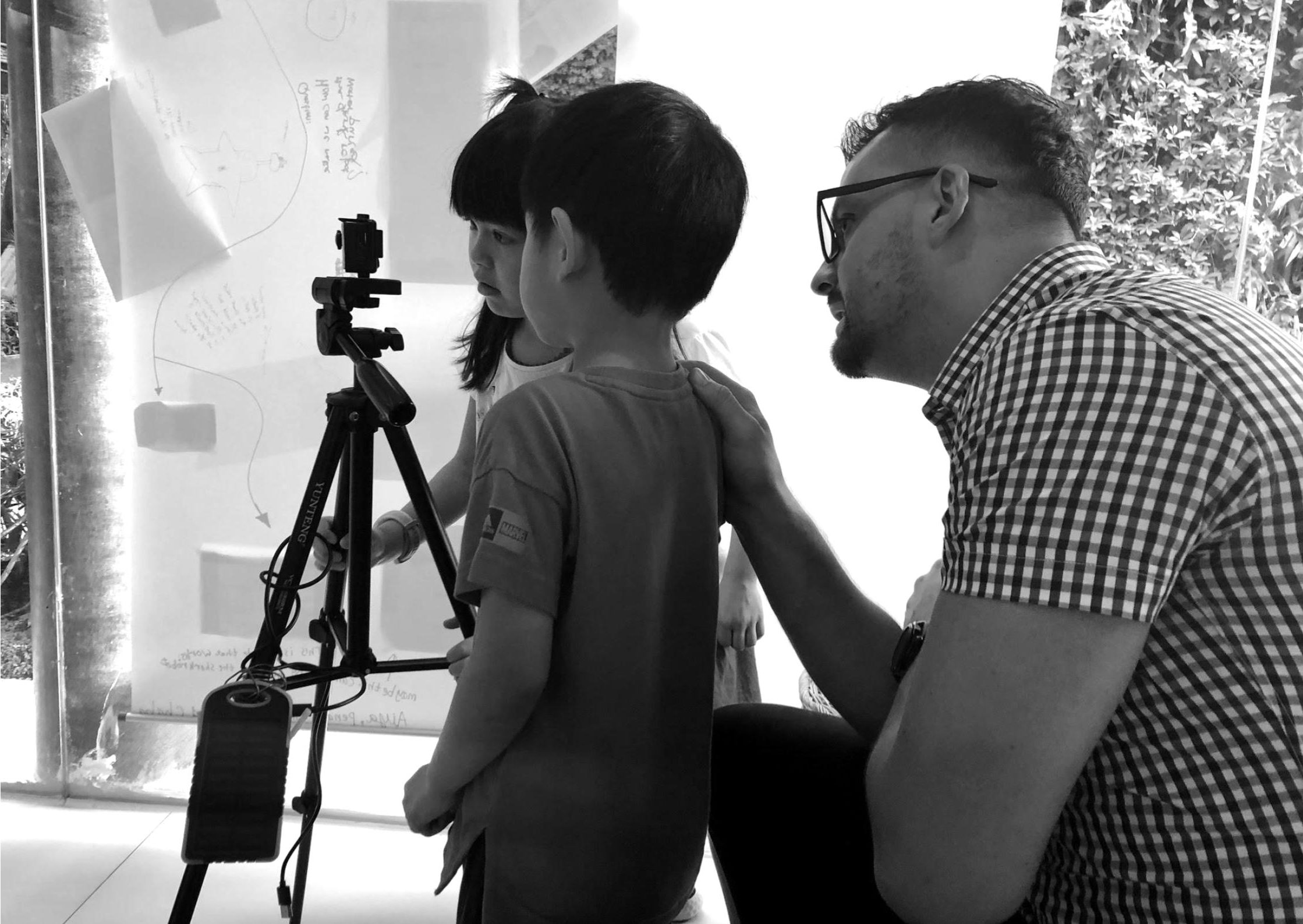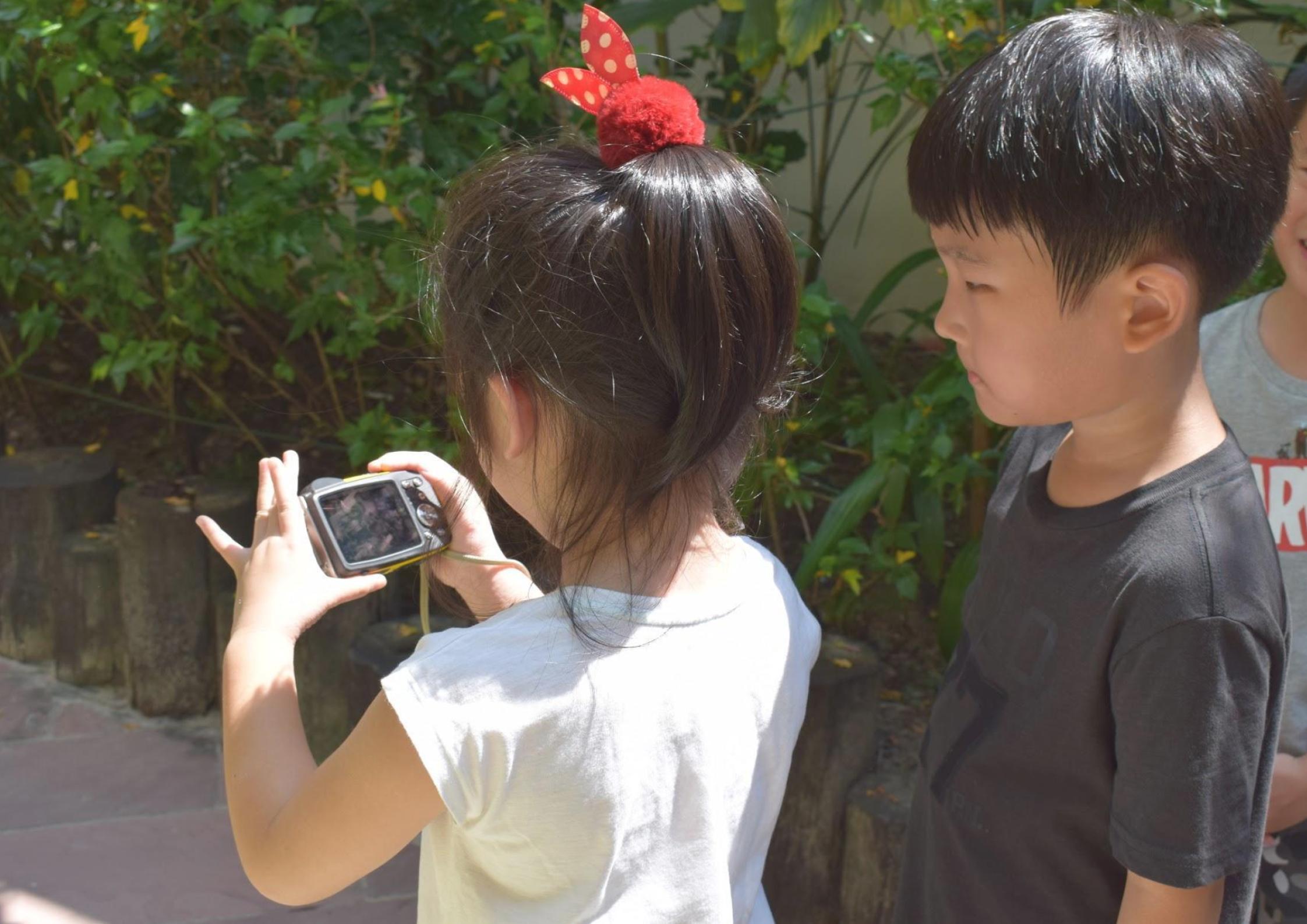curriculum of Year 1
SPACES, ENCOUNTERS AND RELATIONSHIPS
Year 1 is an exciting year of growth and discovery. The children begin learning and applying the skills necessary to work in a group. Building on the K2 approach to developing community, the children begin to express their thoughts and ideas more cohesively through large and small group settings, respecting and valuing contributions. The children work on co-constructing knowledge together, developing active listening skills as they converse on topics. Reading and Writing strategies are introduced as the children approach acquiring and communicating knowledge and understanding.
Mathematics
Develop love for math | Math versus Nature | Number sense & Numeration | Measurement | Geometry and Spacial sense | Pattering & Algebra | Data Management & Probability
In Year 1 our long term goal is for children to develop as confident, competent mathematicians who love math. We foster a growth mindset whereby if you work hard you can achieve high levels in mathematics. Math is about beauty and organisation and patterns, which occur all around us in everyday situations and nature.
Mathematics is integrated into our projects, problem solving lessons and mental math lessons in a meaningful and authentic way. The strategies, concepts and models of mathematical thinking form a learning landscape that children navigate through, exploring the different kinds and principles of addition and subtraction as they work towards automaticity of number facts and increased representation and counting of numbers. Number sense and numeration permeate the other strands of measurement, geometry and spatial sense, patterning & algebra and data management and probability.

Literacy

Word Analyses | Spelling | Reading | Writing
Through reading and writing workshops, children begin to recognise themselves as readers and writers. With guidance, they notice what authors do and are guided to begin to try techniques in their own books. Classroom environments support the development, practise and consolidation of early reading and writing skills. With an understanding that one letter often has more than one sound, children begin to analyse words based on structure, meaning and letter-sound correspondence.
Music
Singing | Movement | Listening | Intstrumental Work | Introduction to musical storytelling
In Year 1 the curriculum is based around singing, movement, listening and instrumental work. Activities are designed as a holistic experience, helping to build skills in all areas simultaneously. In instrumental work the children build on the skills developed in the Kindergarten programme and start to use the Orff instruments to develop their understanding of the concepts of pitch and beat.
Throughout the year the children are encouraged to listen and respond creatively to a variety of genres and styles of music; to imagine what story a piece of music is telling, or to choose movements to fit with a variety of styles of music.

Health and Physical Education (PE)

Foot-eye & Hand-eye coordination | Body balancing & Control | Complex movements
In Year 1, the children develop their fundamental movement skills as they begin to explore some of the more complex movements, such as galloping, leaping, shuffling, and rolling.
They are introduced to a variety of games which allow them to explore concepts such as fleeing, chasing, and dodging, where they learn to change direction and speed. Children also develop an understanding of spatial awareness, and how to remain in control of their bodies in order to keep everyone safe. Children also explore stability and body control by performing a variety of balances and yoga poses. The Year 1 program also focuses on the development of hand-eye and foot-eye coordination via throwing and catching activities, foot skills, dribbling and rolling games.
PROJECT OF YEAR 1
In Year 1, the overarching project is ‘Spaces, Encounters, and Relationships’. The true identity of a space cannot be represented easily on a map, as it is not just the sum total of physical features, but a collection of experiences, memories and imaginations. Through tender listening and careful observations, children perceive and interpret their environments in a multitude of ways, aesthetic and scientific, social and ecological. Documenting and analysing the physical attributes offers opportunities to approach mathematical concepts, whilst interpretations intertwining rational and scientific thought with imagination develop into narratives and poems. In addition to developing knowledge about different lifeforms, encounters with inhabitants of the varied spaces around us promotes empathy and respect for diverse perspectives. With increased awareness of rights and responsibilities of all living things, the children develop ethics and values.




















